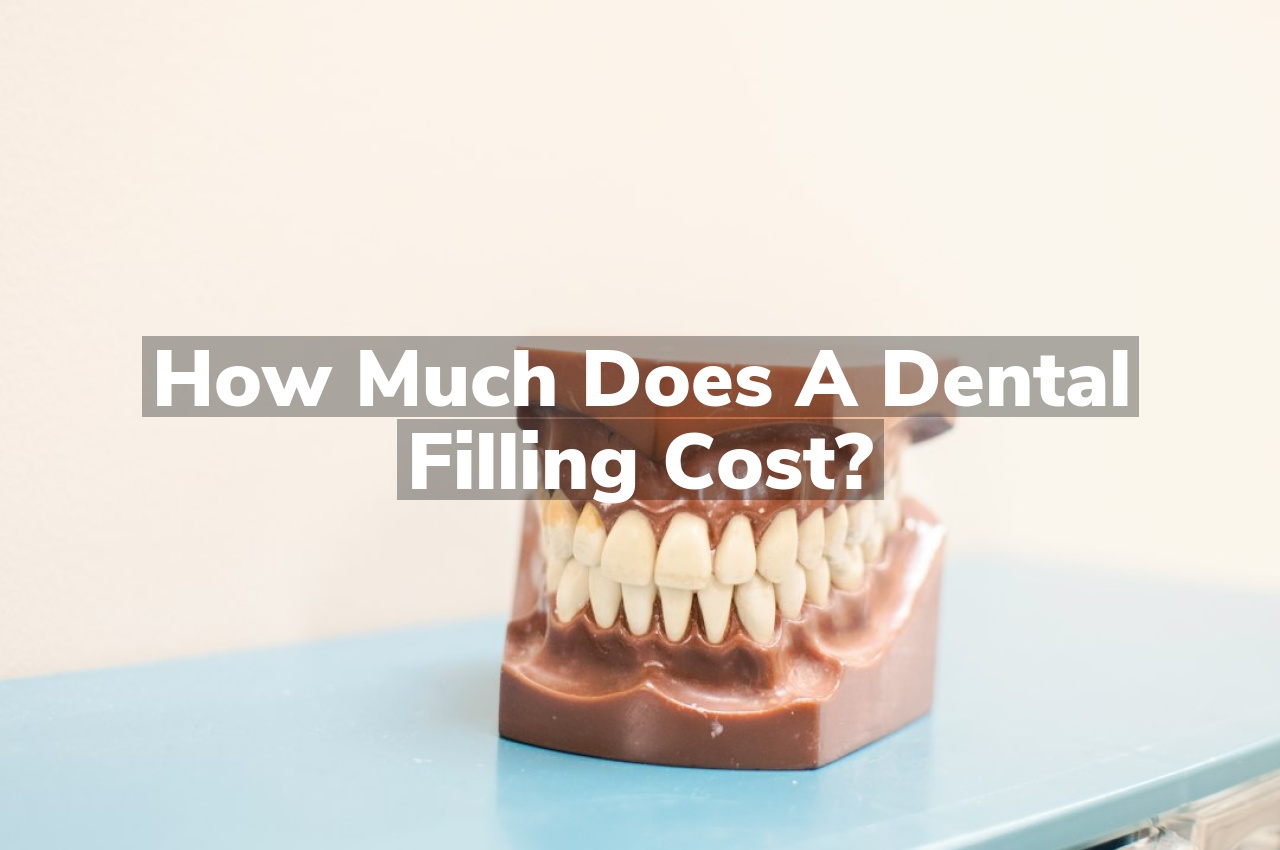Are you wondering how much a dental filling might set you back? At Midtown Dental, we understand that cost is a key consideration for our patients, which is why we offer transparent pricing on fillings that take into account the type of material used and the complexity of the procedure.
Factors Influencing Filling Price Variations
The cost of a dental filling can vary widely depending on several factors. One of the primary determinants is the type of material used for the filling. Amalgam fillings, made from a mixture of metals, are often the most affordable option, while composite resin fillings, which are tooth-colored and less noticeable, tend to be more expensive. Additionally, the size and location of the cavity being filled will impact the price, as larger fillings and those in harder-to-reach areas require more time and material. The dentist’s experience and geographic location also play a role in the overall cost, with prices typically higher in urban centers compared to rural areas.
Another significant factor is the complexity of the procedure, which can be influenced by the extent of decay or damage to the tooth. More complex cases may require additional treatments such as a dental crown or root canal, which will increase the total cost. It’s also worth considering the duration of the procedure when budgeting for a filling. To get an idea of the time investment required for a dental filling, you might want to read about How long does it typically take for a dental filling procedure? Understanding the time involved can help you plan accordingly, both financially and in terms of your personal schedule.
Insurance Impact on Filling Expenses
The cost of a dental filling can vary significantly depending on whether you have dental insurance and the specifics of your coverage. Most dental insurance plans categorize fillings as a basic procedure, which means they often cover a substantial portion of the cost, typically between 50% to 80%. However, it’s important to understand your deductible, the maximum annual limit of your policy, and whether your dentist is in-network, as these factors can all influence your out-of-pocket expenses. Additionally, the type of filling material chosen (amalgam, composite, gold, or porcelain) can affect the cost, with some insurance plans only covering the cost of the least expensive option.
Before scheduling your procedure, it’s advisable to contact your insurance provider to get a clear understanding of what is covered and to ensure there are no surprises when it comes to payment. If you’re uninsured or your insurance doesn’t cover the full cost, many dental offices offer payment plans or participate in discount programs to help manage the financial burden. For those in the Denver area seeking quality care, consider reaching out to Denver Dental Filling Services for a consultation and detailed breakdown of costs with or without insurance.
Material Choices Affecting Cost Differences
When considering the cost of a dental filling, one of the most significant factors is the material used. Amalgam fillings, made from a mixture of metals, are often the most affordable option and have a long history of use. Composite resins, which are designed to match the color of your teeth, are slightly more expensive due to their aesthetic appeal and the complexity of the procedure. Gold fillings and ceramic fillings represent the higher end of the cost spectrum, as they are both durable and aesthetically pleasing but require more intricate work and pricier materials. It’s important to discuss with your dentist the best material for your specific needs, as this choice will directly influence the longevity, appearance, and cost of your dental filling.
Geographic Location and Cost Correlation
The cost of a dental filling can vary significantly depending on where you live. In urban areas with a higher cost of living, such as New York City or Los Angeles, dental services tend to be more expensive due to increased overhead costs for the dental practice. Conversely, in smaller towns or rural areas, you might find that the cost of a filling is somewhat lower. Additionally, different regions may have varying levels of competition among dental clinics, which can also influence pricing. It’s important to consider these geographic factors when budgeting for dental care, as the same procedure can have a different price tag just a few miles away.
Longevity vs. Cost: Filling Types
When considering the cost of a dental filling, it’s essential to weigh both the longevity and the type of filling material used. Amalgam fillings, typically the least expensive option, can last 10 to 15 years due to their durability. Composite fillings, on the other hand, are more aesthetically pleasing and blend with the natural color of your teeth but may come at a higher price and often have a shorter lifespan of about 5 to 10 years. Gold fillings and ceramic fillings are at the higher end of the cost spectrum but can last upwards of 15 to 30 years. Ultimately, the choice between these materials should factor in not only the initial cost but also how often they might need to be replaced over your lifetime.
Conclusion
For personalized cost information on dental fillings, call Midtown Dental at (303) 377-2345 or read our reviews on Google Maps.

